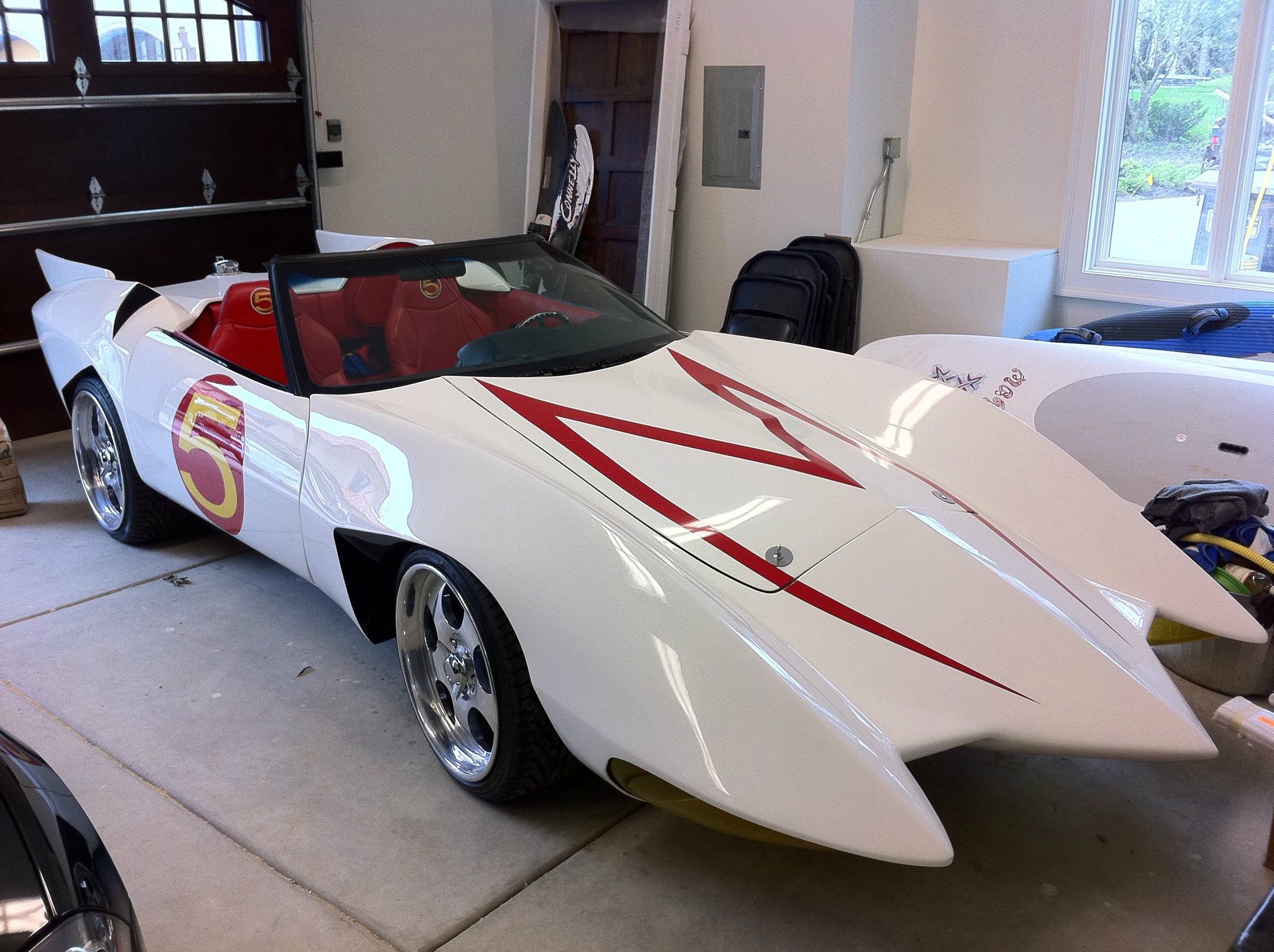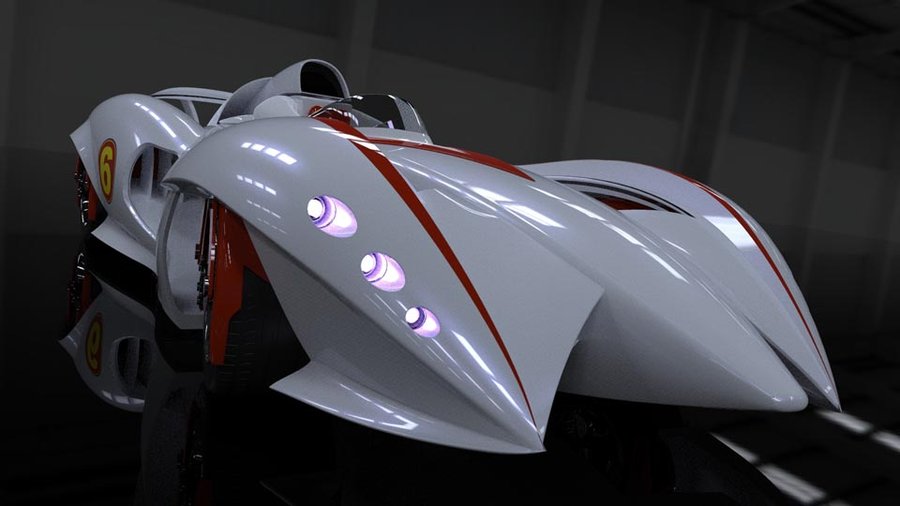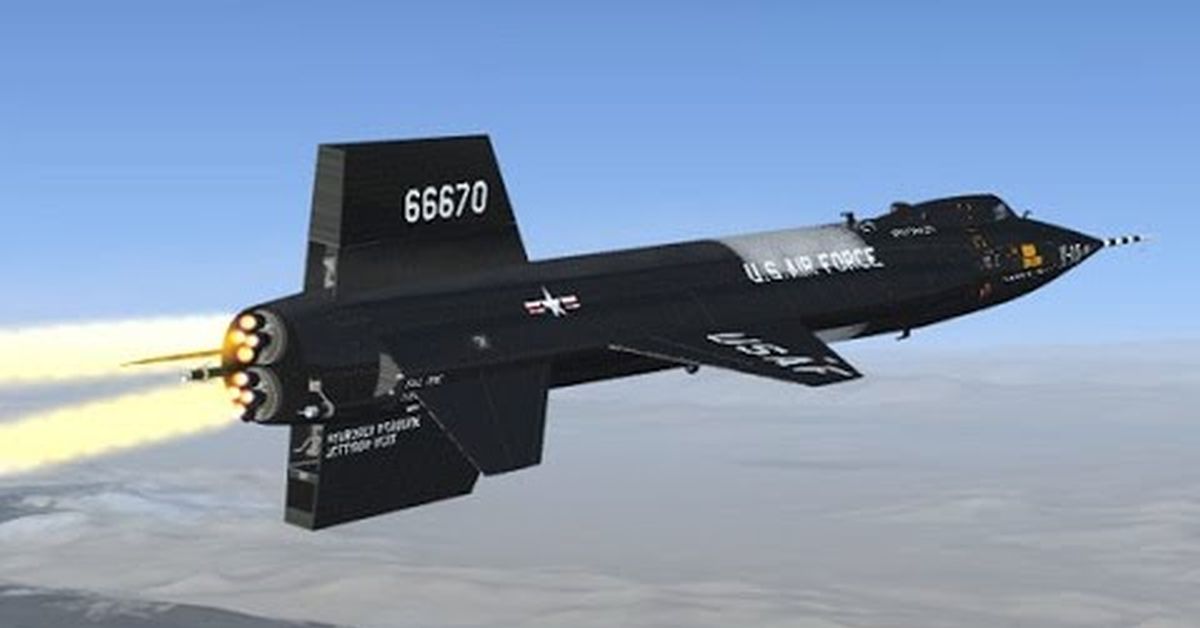Understanding the speed of Mach 10 can be a fascinating journey through the realms of physics, aerodynamics, and engineering. This article aims to provide a comprehensive, engaging, and SEO-optimized exploration of this intriguing topic.
Key Takeaways
- Mach 10 refers to ten times the speed of sound.
- The speed of sound varies based on atmospheric conditions, but at sea level, it is approximately 343 meters per second (1,125 feet per second).
- Mach 10 is roughly 3,430 meters per second or about 7,680 miles per hour.
- Traveling at Mach 10 presents significant engineering challenges due to extreme heat and pressure.

What is Mach?
Before diving into the specifics of Mach 10, it’s essential to understand what the term “Mach” means. Named after the Austrian physicist Ernst Mach, the Mach number is a dimensionless unit that represents the ratio of an object’s speed to the speed of sound in the surrounding medium. For example, Mach 1 is the speed of sound, Mach 2 is twice the speed of sound, and so on.
The Speed of Sound
The speed of sound, also known as Mach 1, varies depending on several factors, including temperature, humidity, and altitude. At sea level, under standard atmospheric conditions, the speed of sound is approximately 343 meters per second (1,125 feet per second), or about 1,235 kilometers per hour (767 miles per hour).

Calculating Mach 10
To determine how fast Mach 10 is, we simply multiply the speed of sound by 10. At sea level, this calculation would be:
Mach 10 = 343 meters per second * 10 = 3,430 meters per second
In other units, this translates to approximately 7,680 miles per hour or 12,348 kilometers per hour.
Contextualizing Mach 10
To put this speed into perspective, let’s compare Mach 10 to some familiar speeds:
- Commercial Airliners: Typical commercial jets fly at around 500-600 miles per hour (Mach 0.8-0.85).
- Concorde: The now-retired Concorde flew at about 1,354 miles per hour (Mach 2.04).
- Space Shuttle: The Space Shuttle re-entered the Earth’s atmosphere at approximately 17,500 miles per hour (Mach 25).
Challenges of Traveling at Mach 10
Traveling at such an extreme speed presents several significant challenges, primarily due to the intense heat and pressure experienced at these velocities.
Aerodynamic Heating
One of the most critical challenges is aerodynamic heating. As an object moves through the atmosphere at high speeds, it compresses the air in front of it, causing the air temperature to rise dramatically. At Mach 10, temperatures can reach several thousand degrees Celsius, necessitating advanced materials and cooling systems to protect the vehicle and its occupants.
Structural Integrity
Maintaining structural integrity at Mach 10 is another formidable challenge. The forces exerted on a vehicle traveling at this speed are immense, requiring robust engineering solutions to ensure the vehicle can withstand the stress without disintegrating.
Applications of Mach 10 Speeds
While traveling at Mach 10 is not currently feasible for commercial aviation, it has significant implications for military and space exploration applications.
Hypersonic Weapons
One of the most prominent applications is in the development of hypersonic weapons. These weapons can travel at speeds greater than Mach 5, making them incredibly difficult to detect and intercept. Mach 10 speeds would further enhance their effectiveness and strategic value.

Space Exploration
In space exploration, achieving Mach 10 speeds can significantly reduce travel time to distant destinations. For example, reaching Mars in a shorter time frame could make manned missions more feasible and sustainable.
Current Research and Development
Several countries and organizations are actively researching and developing technologies to achieve and sustain Mach 10 speeds. These efforts involve advancements in materials science, propulsion systems, and aerodynamic design.
Materials Science
Developing materials that can withstand the extreme temperatures and pressures of Mach 10 travel is a critical area of research. Advanced composites and heat-resistant alloys are being explored to meet these demands.
Propulsion Systems
Traditional jet engines are not suitable for Mach 10 travel. Instead, researchers are focusing on scramjet (supersonic combustion ramjet) technology, which can operate efficiently at hypersonic speeds by compressing incoming air before combustion.
Aerodynamic Design
Optimizing the aerodynamic design of vehicles to minimize drag and maximize stability is another crucial aspect of achieving Mach 10 speeds. This involves extensive computational modeling and wind tunnel testing.
In summary, Mach 10 represents a speed that is ten times the speed of sound, translating to approximately 3,430 meters per second or about 7,680 miles per hour. While reaching and sustaining such speeds presents significant challenges, ongoing research and development in materials science, propulsion systems, and aerodynamic design hold promise for future applications in military and space exploration.
Understanding and achieving Mach 10 speeds is not just a matter of curiosity but a frontier that could redefine the limits of human engineering and exploration.



